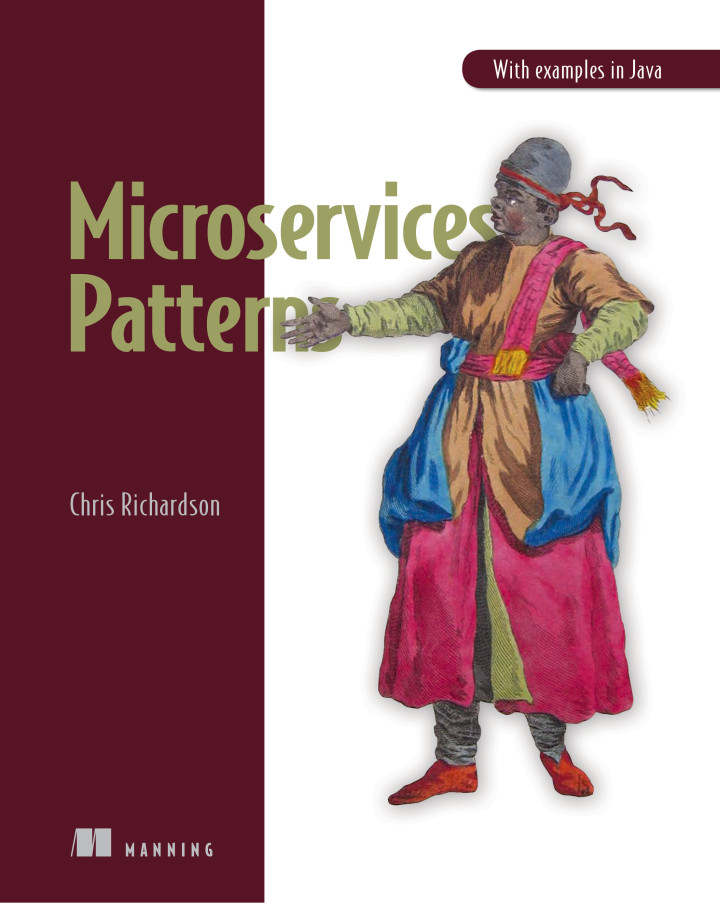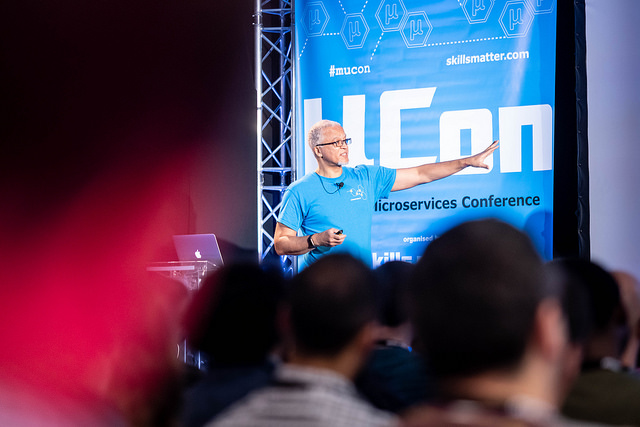Modular monolith
Contact me for information about consulting and training at your company.
Until June 25th, enroll for $95 in my virtual bootcamp, distributed data patterns in a microservice architecture
Also known as
Domain-oriented component
Context
TODO - shared with Layered monolith
Forces
TODO - shared with Layered monolith
Problem
TODO - shared with Layered monolith
Solution
Structure the monolith/component as a collection of (sub)domain/BC-oriented modules, e.g. customers, orders, and deliveries.
Domain - Packages: com.<company>.<application>.<domain>.<layer>
Component - Maven/Gradle module:
- module per domain -
customers,orders, anddeliveries. - multiple-modules per domain -
customers-<layer>,orders, anddeliveries.
Implementation of a subdomain/bounded context is implemented by a single module.
What is the nature of each module’s API?
- What’s to stop
class Order { Customer customer; }? - Choice:
- Service-style facade with DTOs
- Open
Variation
Domain-oriented hexagonal architecture.
Domain - Packages: com.<company>.<application>.<domain>.<adapter-X|domain>
Component - Maven/Gradle module: <domain>-adapter-X, <domain>-domain
Resulting context
Benefits
-
Team autonomy
- Fast deployment pipeline
- Only the (TODO-not exactly transitive) dependencies of the changed module need to be rebuilt/retested
- Minimize design-time coupling
- Maximize cohesion
Drawbacks
- Simple components
- Support multiple technology stacks
-
Segregate by characteristics
class Order { Long customerID; }- more code to explicitly traverse relationships between entities- Additional code for mapping DTO<->Entity/Value Object
- Build-time coupling: clients rebuild/retests whenever implementation changes

 Premium content now available for paid subscribers at
Premium content now available for paid subscribers at 




